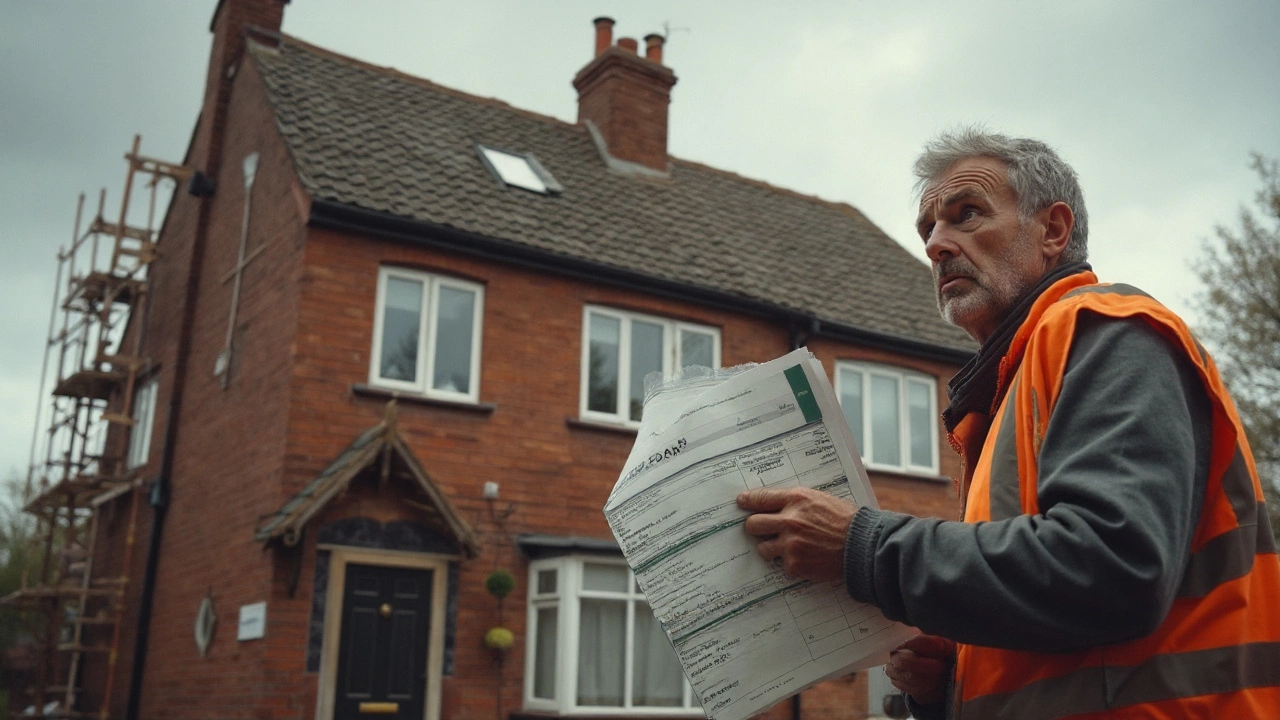Expensive Roof Costs – What You Need to Know
When a roof bill looks higher than you imagined, it can feel like a shock. Roofes are one of the biggest expenses in a home, and the price can jump quickly if you’re not ready. Below we break down why roofs get pricey and how you can keep the cost from blowing your budget.
Why Some Roofs Are So Expensive
First, material matters. Premium options like slate, copper, or high‑grade architectural shingles cost a lot more than basic asphalt. They last longer, but the up‑front outlay is steep. Second, the size and pitch of the roof affect labor. A steep or complex roof needs more safety gear, extra time, and specialized crews, which adds to the bill.
Third, hidden problems can raise the price. If the inspector finds rot, water damage, or weak decking, those repairs must happen before a new roof goes on. Fixing structural issues or replacing underlayment isn’t optional – it’s part of the total cost. Finally, local market rates play a role. In high‑cost areas, contractors charge more for permits, disposal, and insurance.
Ways to Lower the Cost or Finance Your Roof
Start by getting at least three quotes. Different companies price labor and materials differently, and a quick comparison can shave hundreds off the final number. Ask each contractor to break down the estimate so you can see where the money goes – material, labor, disposal, and any extra work.
If you’re open to it, choose a mid‑range material. Synthetic roofing products mimic the look of slate or tile but cost a fraction. They also tend to be lighter, which can reduce labor time. Another tip is timing: schedule the job in the off‑season (late fall or early spring) when roofers have fewer projects and may offer discounts.
When the price is still high, look into financing options. Many roofing companies partner with lenders to offer low‑interest loans or payment plans. Home equity lines of credit (HELOC) are another route if you have equity built up. Some insurers also cover part of the cost if the roof replacement is due to damage, so check your policy.
Don’t forget tax credits. In the UK, certain energy‑efficient roof installations qualify for government incentives. A roof with insulation, solar panels, or reflective tiles might earn you a rebate, which can offset a chunk of the expense.
Finally, protect your investment with proper maintenance. Regularly clear debris, trim nearby trees, and schedule an annual inspection. Spotting a small leak early can prevent a major repair that would cost thousands later.
Bottom line: an expensive roof doesn’t have to ruin your finances. By understanding what drives the price, shopping smart, and using financing or incentives, you can get the roof you need without breaking the bank.
Is $30,000 Too Much for a Roof? Real Costs, Tips & Red Flags for Homeowners
- Gavin Whitaker
- |
- |
- 0
Is a $30,000 quote for your roof a rip-off or the new normal? Understand costs, get tips, and find out what makes a roofing bill add up fast.
View more